Saudi Tourism Authority Monocle
Find a fresh perspective
Since launching the Saudi Vision 2030 strategy, Saudi has transformed its tourism offering and welcomed more than 100 million tourists in 2023, an incredible seven years ahead of target. Far from just deserts, this is a vibrant, year-round destination keen to share centuries of culture.
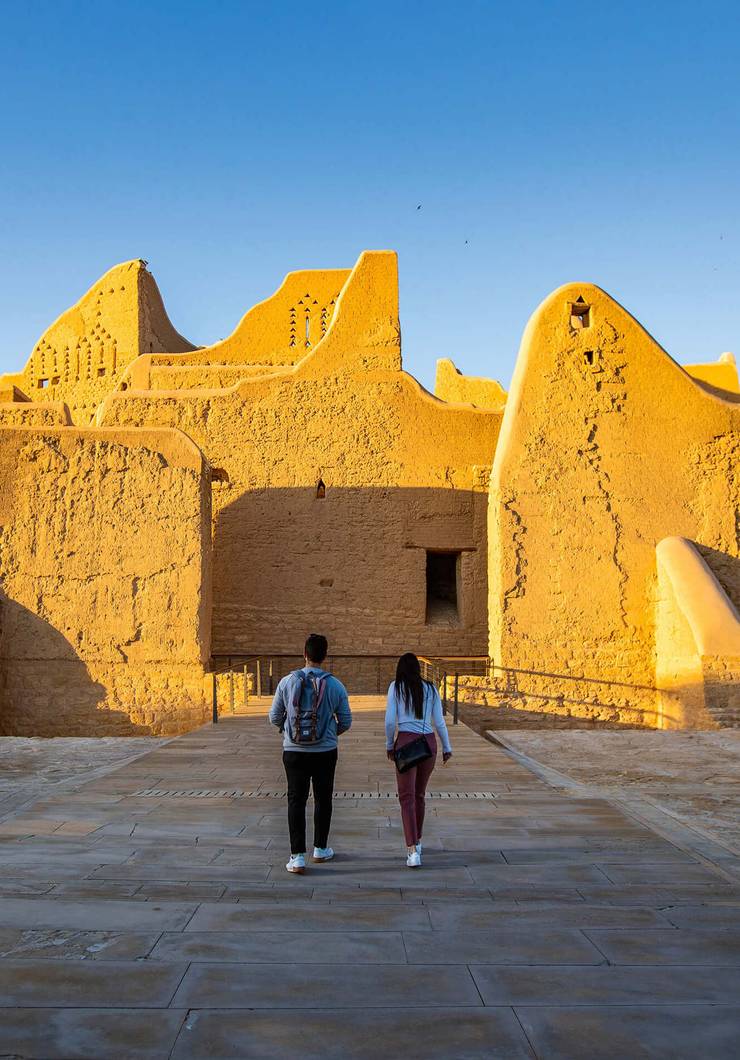
Diriyah is a 300-year-old site centered on At-Turaif, the birthplace of the Saudi state.
New standards in global tourism
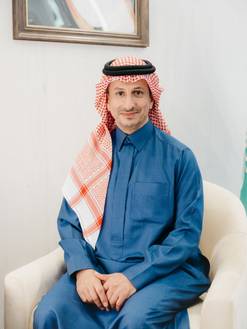
Q&A
His Excellency Ahmed Al-Khateeb Minister of Tourism and Chairman of the Board of Directors of the Saudi Tourism Authority
Saudi targeted 100 million visitors a year by 2030. How did you achieve that seven years ahead of schedule? Three things: easy access, promotion and connectivity. First, we launched the e-visa to 59 countries. Second, we launched big campaigns. And third, we established the Air Connectivity Program to develop new direct routes. We’ve now revised that target to 150 million visitors.
How will tourism address the preconceptions that people might have about Saudi?
Unlocking our tourism sector allows visitors to experience the diversity of our nation, from the luxury Sindalah islands to the rich culture and history of Jeddah and Diriyah to the new city of Qiddiya – the largest-ever city built for entertainment, culture and sport. Tourism gives people an opportunity to interact with Saudis, enjoy our hospitality and leave with great memories.
How do you guarantee an authentic Saudi experience?
Our promise to the world is to provide an exceptional experience and our heritage and culture – our music, food, architecture and art – is a huge part of that. It’s vital that we protect this. The Saudi people are essential to sharing our story and everyone who visits will see big welcoming smiles.
Religion is still the biggest driver of visitors. Were there concerns about expanding your tourism offering?
In 2018, religion represented 80 per cent of inbound travel. When the e-visa launched in 2019, people started to visit for leisure and other purposes. Saudi is the fastest-growing tourism destination in the G20. We are encouraging Muslims to explore beyond the two holy cities and they’re staying longer.
The Saudi landscape is so diverse. How do you market that to the outside world?
When developing our tourism strategy, we looked at our assets and why people travel. We focused on key places that fulfil all the purposes: the Red Sea coast for sun seekers, Unesco sites for heritage lovers, and the mountains in the south for those wanting year-round destinations.
How key is sustainability?
It’s at the heart of the process. If we destroy the coral reefs or the centuries-old trees, we lose these treasures. We are blessed that we started late: it means that we can apply strict building codes, establish regulations, and conserve resources to protect the environment and natural beauty.
How large a role will tourism play in Saudi’s future?
We invested heavily in tourism training and development so thousands of Saudis joined the sector in the last five years. When we open the 200,000 hotel rooms being built today, a further 800,000 people will be employed in the sector – almost half those will be young Saudis.
1. Natural beauty
Expect the unexpected
From dormant volcanoes and history trails to conservation projects and eco-friendly resorts, Saudi boasts a continent’s worth of variety in a single country. The Red Sea coast is the world’s most ambitious regenerative tourism destination, home to a thriving barrier reef and luxury sustainable hotels like St Regis Red Sea Resort and Six Senses Southern Dunes.
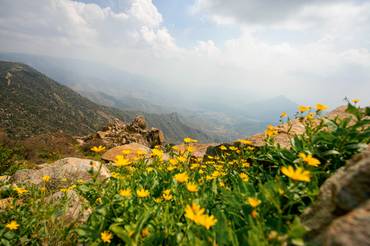
Aseer is typical of Saudi’s ancient mountainous landscape.
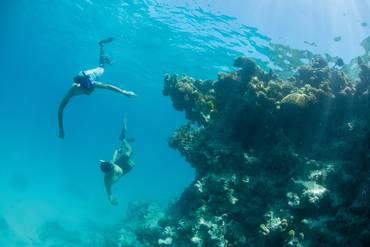
Explore the Red Sea coast’s perfectly preserved barrier reef.
2. Cultural connections
The keys to hospitality
The holy cities of Mecca and Medina have been welcoming visitors for 1,400 years so the Saudi people are well-versed in excellent hospitality. Whether visiting one of more than 600 museums, galleries and theatres or exploring Jeddah’s historic Al Balad quarter, you can always expect warm smiles, exemplary service and a host of untold stories waiting to be shared.
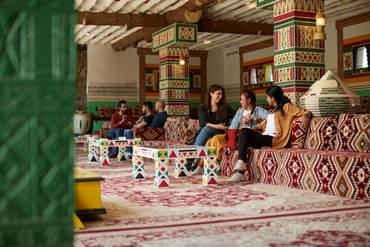
Great Saudi hospitality has been refined over centuries.

Classes at Fatimah’s Museum of Aseeri Woman’s Heritage.
3. Entertaining thoughts
A packed calendar
Aptly for a Kingdom with majestic dunes and snowy peaks, there is no off-season. The Riyadh Season provides a winter line-up of 17,000 cultural and sporting events, including the prized Saudi Cup and international concerts. Saudi is also home to the Red Sea International Film Festival and Saudi Food Feast Festival, a culinary gateway to regional flavours.

Riyadh’s Boulevard World celebrates global cultures.
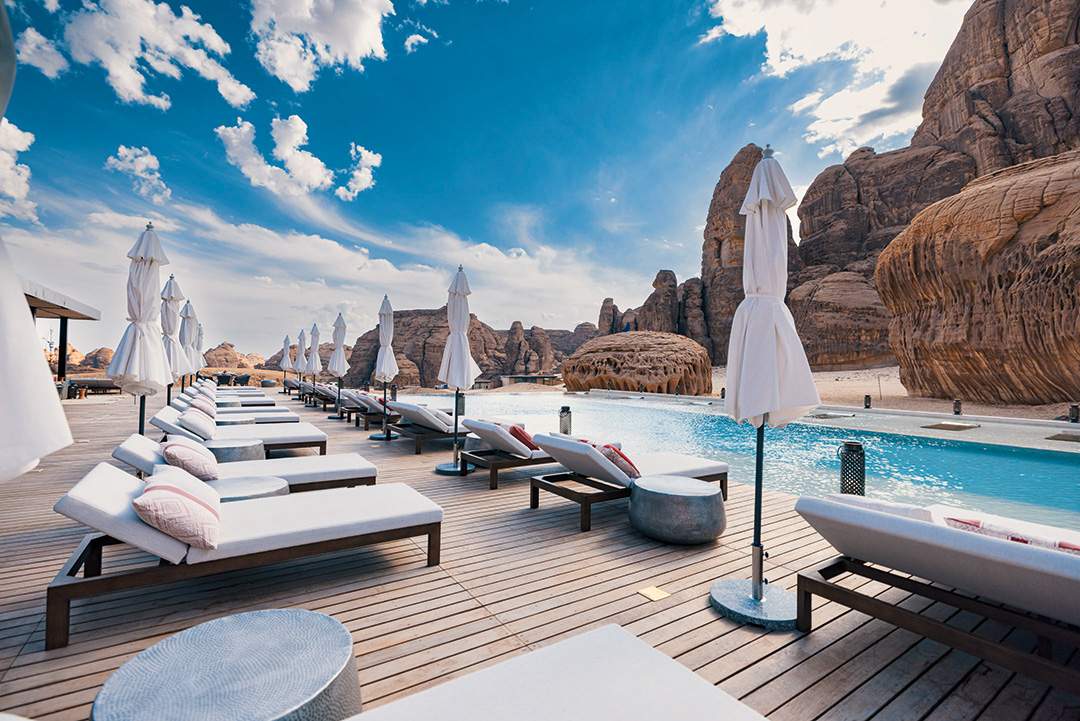
Enjoy year-round sunny skies at resorts like Habitas AlUla.
Where heritage and culture meet
4. Hidden treasures
Sites for sore eyes
Having opened up to tourism with the launch of e-visas in 2019, Saudi arrived on the global stage with many sites largely unexplored and an awareness of the initiatives required to safeguard its rich heritage. Seven Unesco World Heritage sites include At-Turaif, the birthplace of the Saudi state in Diriyah, and the ancient tombs of Hegra at the heart of AlUla, the world’s largest living museum.
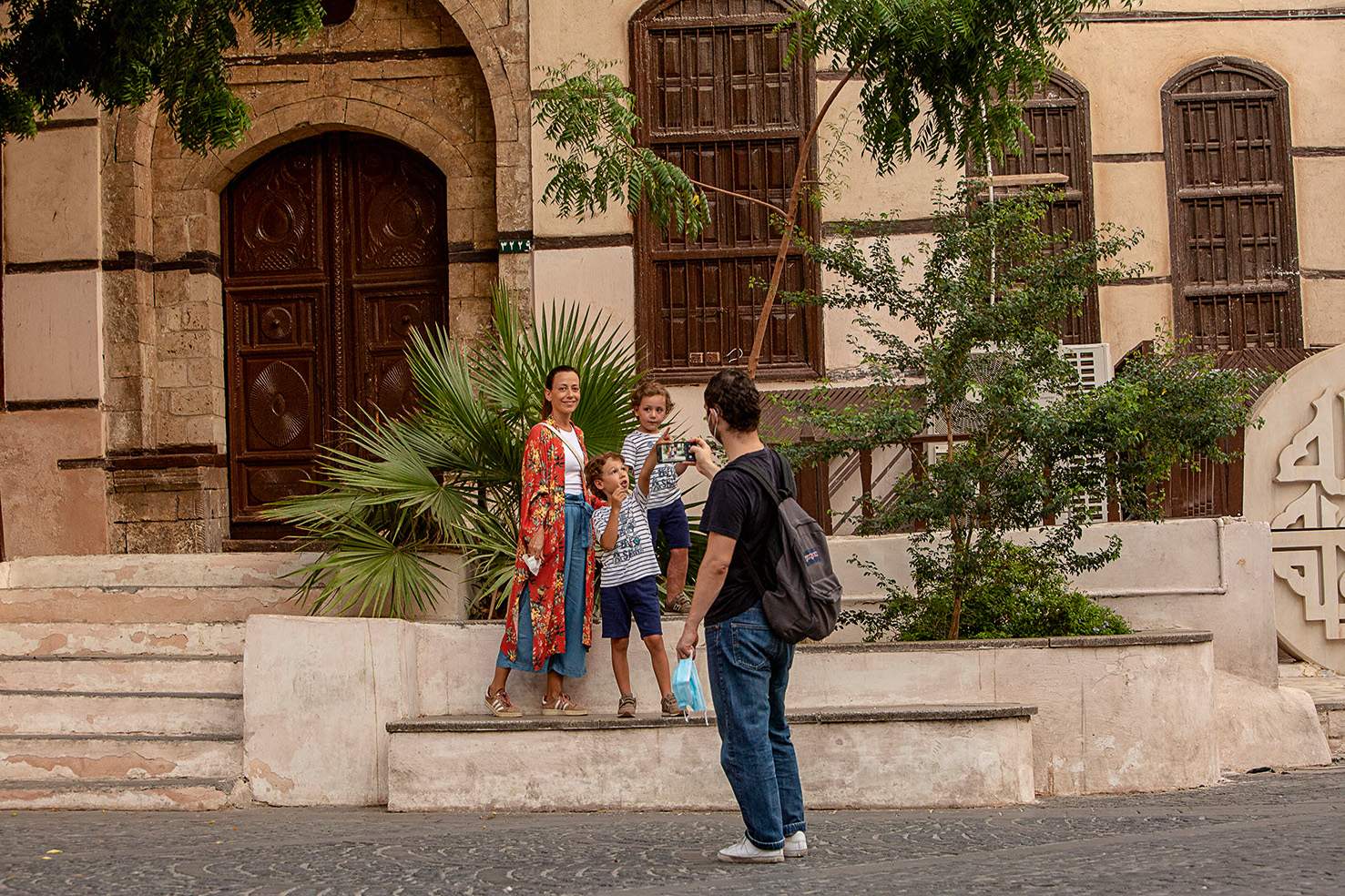
Jeddah’s Old Town is one of seven Unesco World Heritage sites.

The Snøhetta-designed Ithra is a world-class cultural centre.
5. Bright futures
Redefining global travel
With a 56 per cent increase in international arrivals since 2019, Saudi is one of the world’s fastest-growing destinations. That growth is driven by a wealth of ambitious projects that are setting new benchmarks in eco-tourism, from the authentic reimagining of Diriyah’s Bujairi Terrace to the exclusive Elanan wellness retreat planned for sustainable “giga-city” Neom.

The well-preserved tombs at Hegra date from the first millennium BCE.

Locals browse the modern dining options at Diriyah’s Bujairi Terrace.

